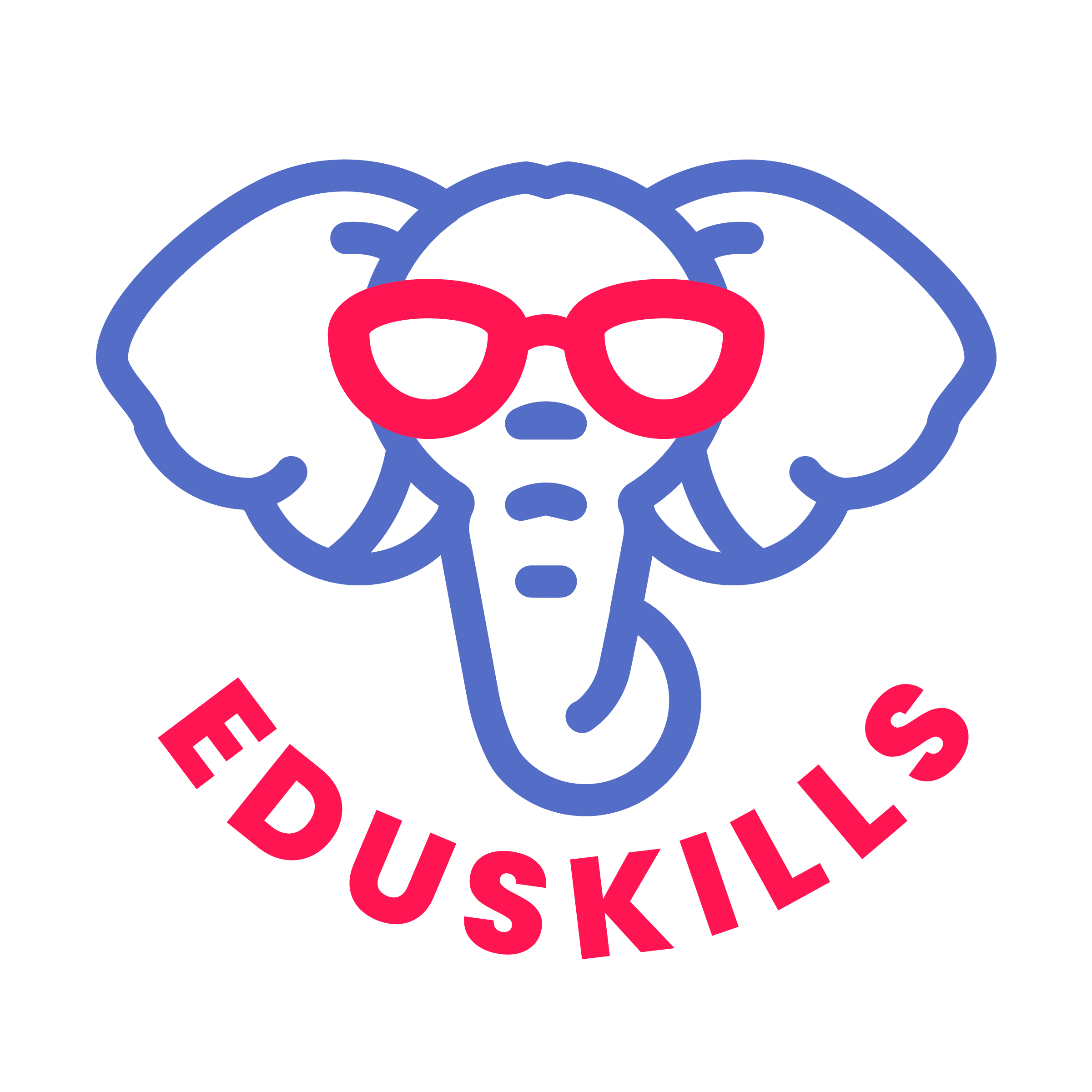The school year is winding down, and the testing windows are closing. School year countdowns are starting to pop up on classroom whiteboards. And curriculum directors everywhere are beginning that familiar mental juggle—finish strong and plan for what’s next.
One topic likely popping up in your inbox, your summer PD schedule, and your curriculum review checklist?
📚 The Science of Reading.
Maybe you’re diving into Scarborough’s Rope for the first time. Or maybe you’re deep in district-wide implementation and wondering if it’s actually moving the needle. Either way, if you’re working with multilingual learners (MLs), it’s time to pause and ask:
Is the Science of Reading enough to support our multilingual students?
The honest answer? It’s a strong foundation—but not the full blueprint.
And before we start revamping phonics routines or rewriting reading blocks, we need to take a step back and ask:
“Where are our multilingual learners in their language journey?”
Because if we don’t know that, we’re not building from a solid place.
And the good news? EduSkills helps make that data visible, accessible, and actionable.
Let’s dive in.
The Science of Reading, A Quick Summary
The Science of Reading (SoR) refers to a body of interdisciplinary research—from cognitive psychology, neuroscience, linguistics, and education—on how students best learn to read. It emphasizes:
- Phonological awareness
- Decoding/phonics
- Vocabulary development
- Language comprehension
It’s clear, structured, and, for many students, effective. And thanks to landmark work like the National Reading Panel Report (2000), it has shaped literacy instruction policy and curriculum decisions for over two decades.
But here’s the catch: Much of that research has focused on monolingual English speakers.
As researchers like Diane August and Claude Goldenberg have pointed out, while SoR practices are foundational, they don’t always translate cleanly for students who are simultaneously learning English.
Why “Knowing the Data” Is Step One
Imagine trying to plan a summer road trip without knowing where you’re starting from.
That’s what it’s like trying to implement SoR strategies without clear data on your MLs’ English language development.
Some students are just beginning their journey with English. Others may be conversationally fluent but still developing academic vocabulary. Some may have gaps in foundational literacy in both English and their home language. Without that insight, instruction becomes a guessing game.
That’s why EduSkills exists: to help leaders and educators translate English Language Proficiency (ELP) assessment data into real, practical, instructional decisions.
Instead of trying to make general SoR recommendations fit all, EduSkills helps schools:
- See where students are on the proficiency continuum.
- Identify which domains (listening, speaking, reading, writing) need targeted support.
- Match scaffolds to language levels—not just grade levels.
As Goldenberg (2020) emphasizes: “The challenge is not to abandon the science of reading, but to adapt it to fit the linguistic and cultural realities of English learners.”
What the Data Can Reveal
Picture a classroom team, post-testing, sifting through scores, and wondering, “What next?”
I recently sat with a secondary EL coordinator who was reviewing mid-year growth data. One student had plateaued in reading and writing—but showed strong gains in listening. With just a glance, we could see that the student was in a “silent period” stage: understanding English, but not yet confident enough to fully express it.
That single insight shifted the plan for the next six weeks.
Instead of pushing the student through another round of isolated phonics drills, the team added partner reading, targeted vocabulary work, and modeled writing frames to build confidence and bridge the gap.
That’s the power of knowing exactly where students are—and it’s the bridge between strong Science of Reading foundations and meaningful instruction for multilingual learners.
🛠️ ML-Friendly Adjustments to SoR
So what does it look like to adapt SoR practices for multilingual students?
Once you understand where students are in their language development, here are a few key shifts:
1. Prioritize Oral Language
The “Simple View of Reading” emphasizes both decoding and language comprehension. For MLs, that starts with talk. Build in partner discussions, sentence stems, and structured academic conversations. Oral language fuels literacy.
2. Build (Don’t Assume) Background Knowledge
Multilingual students often bring rich cultural and experiential knowledge—but they may lack background knowledge assumed by mainstream texts. Activate schema, provide visual supports, and make cross-linguistic connections explicit.
3. Be Strategic with Vocabulary
Use tiered vocabulary instruction and repetition. Pre-teach high-utility academic words. Give students multiple opportunities to use new words in context, across modalities.
4. Support Language Transfer
Students don’t leave their home languages at the classroom door. Encouraging use of home language for brainstorming, summarizing, or vocabulary comparison can accelerate English literacy—not hinder it (Cummins, 2016).
5. Scaffold, Don’t Simplify
Use graphic organizers, visuals, sentence frames, and guided reading strategies. Support meaning-making without watering down content.
🧃 Summer Planning with a Splash of Realism
Let’s be honest: May isn’t the easiest time to focus on deep instructional design. There are field trips, final IEP meetings, and more than a few “Can we have class outside?” requests.
But this moment—right now—is a powerful time to reflect on what worked and what needs to evolve.
If you’re leading a program, reviewing curriculum, or prepping PD, start with this question:
“Do our SoR-aligned practices truly serve our multilingual learners?”
If the answer is “Not yet,” don’t worry. You’re not alone.
Start with the data. Know your learners. Then build from there.
📅 What’s Coming in the Summer Series
This post kicks off our Summer Blog Series on the Science of Reading through a multilingual lens:
- June: Phonics Isn’t Enough—A Closer Look at Oral Language for MLs
- July: Beyond the Rope—Reimagining Reading Instruction Through a Multilingual Lens
📌 Be sure to subscribe to the EduSkills newsletter so you don’t miss a post.
And if you’re ready to make your ELP data work smarter for multilingual learners?
→ Let’s talk.
We’ll help you turn data into action—and action into equitable growth.
Sources Cited:
- Goldenberg, C. (2020). Reading Instruction for English Learners. The Reading League Journal.
- August, D., & Shanahan, T. (2006). Developing Literacy in Second-Language Learners: Report of the National Literacy Panel on Language-Minority Children and Youth.
- Cummins, J. (2016). Language Power: Teaching English Language Learners in Grades K–8.




